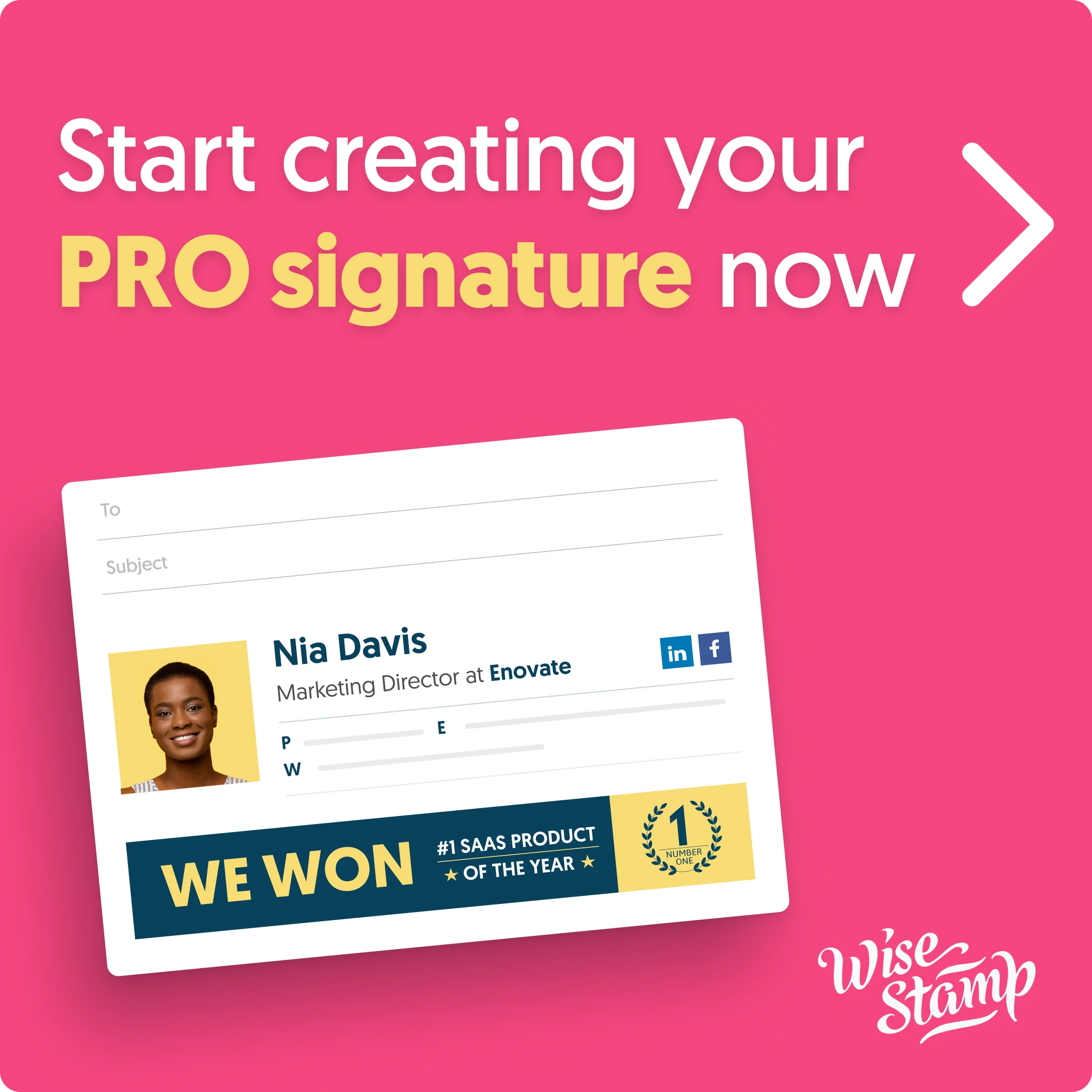What is branding and how to get it right (updated 2024)
Learn how to create the perfect brand for your company that will give your small business extraordinary value and drive customers.

So, what is a “brand?” Is it your logo? The look and feel of your business? Not quite.
There is a lot of misleading concepts when it comes to the term “brand” and “branding.” People often think a brand refers to a business name or to its image, logo, and color scheme.
In the earlier half of the 20th century, a “brand” was that simple, all a business needed was a name and logo to distinguish itself from others.
Today’s art of branding has grown into a whole new ballroom that includes so much more. Your brand is more than how consumers tell you apart from your competitors by name or by image (i.e. Coke vs. Pepsi).
What is a brand?
A brand is a logo that is used to identify an organization. Commercial companies, NGOs, Government agencies, and even individuals have a brand. But brand goes way beyond a simple simble. A brand encompasses the way consumers perceive the essence and character of your organization. Brands evoke emotions, values, lifestyles, and much more. The attributes determine who are your proponents and the degree of influence your brand has in their lives.
Let’s take a look at an iconic brand example
Video: Dove – Real Beauty commercial

If you are familiar with this ad campaign, try and forget everything you know about it. Imagine you are looking at it for the first time. Now, answer the same questions:
- What do you see in this picture?
- What do you think this image is about?
- What does it make you feel?
- What are some words you would use to describe this image?
- What is image selling?
This 2004 ad campaign was launched by Dove, a beauty and personal care brand. We don’t see any Dove products in the ad. Instead, we see a diverse group of women who look confident and happy with their bodies.
This ad does 2 things:
- They address a more diverse audience. More women can identify with this ad and feel represented by it.
- They challenge society’s traditional form of beauty and associate themselves with social change.
Takeways from the Dove Real Beauty branding example
Dove is a huge, global company with a lot of resources devoted to branding. The lesson that any business owner can take from them is that your company should represent more than just your product or service. You can use your company to communicate more messages such as values, emotions, and experience.
This will have a huge impact on how people perceive your business, and that is what branding is all about: Perception. Remember you’re USP, which we discussed in the “Research & Strategy” chapter? Your identity must also represent your USP.
How to create your brand
Now that we’ve covered the meaning and purpose, let’s dive into the process of creating your business.
A good brand is built on 3 components:
- Brand name
- Brand story
- Brand values
- Brand looks
- Brand personality
- Brand persona
With these three, you’ll make your business more relatable and personable to customers and clients. You will be able to refer it to any business decision you will do in the future.
1. Choosing your brand name
Choosing a name for your brand can be intimidating. A good place to start is always, ALWAYS to look at what your competitors are named. You don’t need to reinvent the wheel, but you do want to make sure that your name is distinct enough from your local competitors so that you don’t confuse customers.
Start with a keyword Google search of your market to see which competitor appears in the results.
For example, if you run a yoga studio in Seattle, do a search for “yoga studios Seattle.” Write down your competitors’ names and make sure that you don’t create anything too similar to your progress in your naming process.
How brand names are most commonly determined:
- Use your own name/the founders’ name (example: “McDonalds”,)
- Describe what your business does (example: “Pizza Hut” “Snap Chat”, “Airbnb”)
- Describe an image or experience (example: “Nike,” “Facebook”)
- Choose a random word(s) (example: “Amazon,” “Apple”, “Uber”)
- Make up a word (“Google,” “Sony,” “Ikea”)
There is a lot that goes into choosing the perfect brand name. But to keep things simple, just remember that your name should be appropriate for your product, service, and the audience you’re trying to reach. If you are a realtor or lawyer, it’s more convenient to use your own name for your practice or firm. On the other hand, if your field and target audience are more creative, young, or advanced, then it makes more sense to have an unconventional name.
2. Write your brand story
This is the journey of how your business came to be. Your story should tell the unique events that shaped you and your business including all the challenges and triumphs along the way. Your story is not just a set of facts (i.e. your professional qualifications, business location, and years of experience).
Instead, focus on creating a narrative of how and why you started your business. Later on, you’ll be able to use your brand’s story in the “About Us” section of your website.
To begin writing your brand’s story, ask yourself the following questions:
- What was your inspiration?
- What challenges did you face?
- What were your life circumstances at the time?
- What and who helped you succeed?
- What kept you motivated?
3. Define your brand values
Your values are the north star of your business on which you will navigate your and business activity.
If for example, you are a yoga teacher who values sustainability and preserving the environment, you can incorporate that value by offering eco-friendly, recyclable yoga mats in your studio. [expand – brand value defenition]
These values will also allow yourself to set you apart from other similar businesses, yoga teachers, and will help you connect to any clients who share your value of protecting the environment.
Your values are also a nice tipping factor: If your price and service are comparable to your competitors, but you offer the extra value of being “environmentally friendly,” this could motivate new customers to choose you over others.
Keep in mind: Businesses in very different industries often aim to communicate the same core values. For example, a financial advisor and a childcare provider offer very different services and very different skills, but they both may still represent the following values:
- Trust
- Caring
- Reliability
- Responsibility
Obviously, the financial advisor and childcare provider must communicate these values in very different ways, which we will discuss in the following section, “Brand Identity.”
Identify your values by answering these questions:
- A good product is a product…
- A good should be…
- When I create my product/service, I want it to be…
- The one thing that makes my product better than other’s is that it is…
4. How to design your brand looks
As we can see, visual design elements have a great influence on our emotions, reactions, and perceptions. This is why your brand’s logo, color scheme, and font must align with the emotions you wish to evoke, and with the values, and story you created.
Your brand style is the look, feel, and tone of your brand, which consists of carefully defined visual design elements and language that represent specific emotions. Your brand identity must always adhere to the guidelines you defined.
It’s important to state that in the end, the logo takes on the attributes of your business as people perceive it. Your business does not rely on your logo. Rather the logo relies on your brand’s touchpoints with customers (so get that right if you want a strong brand in the long term).
What this means is that you don’t have to invest heavily in a design studio for your logo, and start with a simple logo maker instead. This will be much cheaper, and if needed you can later rebrand.
Here is what to consider when defining your guidelines (Brand Guidelines Checklist):
- Logo
- Color palette (including colors code)
- Font type(s)
- Font weight(s)
- Images guidelines
There are countless places (or “assets”) where you can place your brand: ads, social media accounts, your website, and even a coffee mug. No matter where your brand appears—online or offline—it absolutely needs to be consistent.
The look, feel and tone of your brand should not change from asset to asset. Everything from your color scheme to your font type and weight should match, and this is why it’s crucial to develop brand guidelines. You’ll also hear it referred to as “brand standards,” a “style guide” or “brand book.”
Think of your brand guidelines as an army uniform. Your brand might have a few variations of its “uniform” (just as the U.S. Army has three), but there is still continuity between them and each remains consistent in and of itself.
How design works for different businesses:
Professional and business services (accounting, law, consulting)
These businesses often seek to portray a feeling of professionalism, accountability, and security. Therefore, they often use a dark, muted color scheme (grey, black, dark blue), traditional fonts with clean lines.
Professional and business services (accounting, law, consulting)
These businesses often seek to portray a feeling of professionalism, accountability, and security. Therefore, they often use a dark, muted color scheme (greys, blacks, dark blues), traditional fonts with clean lines.
Creative businesses or startups (graphic designers, musicians, photographers, app developers)
These businesses often seek to portray a feeling of innovation, fun, and creativity. Therefore, they often use a brighter, bolder color scheme with a more interpretive, playful logo or font.
Insurance company with light, modern design – https://www.lemonade.com/
Bank with modern young language – http://www.pepper.co.il/en/
5. Build personality with Tone of Voice
Just like design, language also plays a huge role in your brand’s identity. It’s not just what you say but how you say it.
Think about how you would tell a funny story to your best friend versus how you would tell it to your mother. The story doesn’t change but the way you tell it does. Why? Because the audience is so different;
Try to imagine if your brand would have been a real person, how would he talk? Would it be a “he” at all? Or maybe a “she?” How old is he/she? Where from? What accent does he/she might have? Is it very official or maybe friendly and easy-going? Is it directive and didactic or maybe requesting and wishful?
The voice and tone are not just the stories, but also the small gestures – the microcopies. Microcopy is all the mini texts and gestures that our brand might use in the communication with its audience. Just like the marketing messages, the microcopy should be an outcome of the brand identity.
The Microcopy is the continue button text next to it or the legal comment below the leave details form. The way it is addressed by the audience is as relevant as the main message.
At this point in the lesson, you’ve already identified your target customer (or have begun to). This target customer is your audience, and your tone of voice must appeal to them as well as reflect the emotions you want to convey
What kind of tone will you take in the email? Take the following email and rephrase it to match your brand voice and tone, make sure you also match the micro-copy in the email.
Whatever you decide to go with, the tone of voice you choose must always stay consistent (unless you decide to rebrand years from now). Brands rebrand themselves when their values, goals, or type of business change.
They need to match their brand identity and appearance to their new values and goals, but that’s getting ahead of ourselves!).
Template #1
[This could be instead of receipt email]
[branded image or typographic image with “Thank you” ]
Dear [Customer name],
Thank you for your order.
We truly value our loyal customers. Thanks for making who we are!
As a token of appreciation, have a 15% off coupon code for your next purchase.[discount code block with CTA]
That’s what you’ve ordered this time:
[table with products ordered]
Template #2
[Send out to customers on the parcel delivery day]
Dear [Customer name],
Thanks for shopping with us!
Your feedback is important to us. Would you mind writing a short review of your last purchase?
[table of products purchased with CTA to review page]
Thank You once again,
The [brand name] team
Template #3
[make a segment of customers that recently have bought more than two products]
Hey [Customer name],
Recently you have purchased a bunch of our products. Thanks a lot!
We would like to know how you like them. Did you have a chance to try them all?[CTA to review products]
[table of recently purchased products]
Thanks again, looking forward to hearing your feedback.
– Elsa from the [Brand name] Team
Template #4
[Order confirmation email to send out immediately after the purchase has been completed]
It’s ordered!
Hi [customer name],
Thanks for your order!
Order number,
Order Date,
Estimated time of delivery[Table of items purchased]
[Delivery details]
Thanks,
The [brand name] team
6. Create your brand persona
Answer the following questions and create your brand persona (note that the persona you create should always be similar to your target client characteristics, but usually it helps to make it similar to ease the messaging process later on.
Questions commonly used to create a brand persona:
- How old is that person?
- Is it a male or female? Where is he/she from?
- What does she like?
- Is she sarcastic /humorous/ funny/serious any other emotional features?
- What does it like to do?
- Hobbies?
- Does it have kids?
- Married?
- What kind of relationship she has with her family members?
Now identify the repeating words you have – like caring, Funny, serious etc. Use them to create the voice and tone for your brand.
All done. What’s next?
Once you’ve compiled your guidelines, use them to create your brand assets such as your website, business cards, social media, merchandise, advertising, and more.

